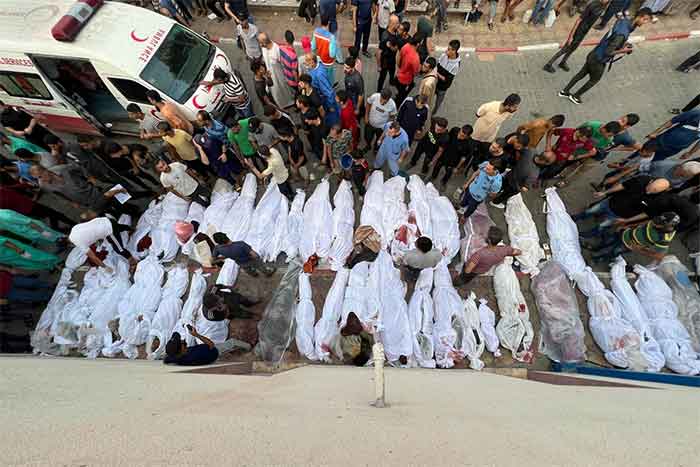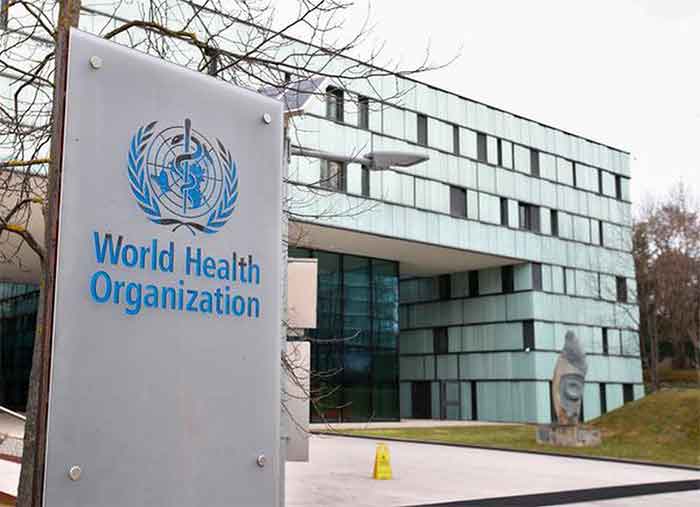
Introduction
January 30 is observed as World Leprosy Day. To a common man leprosy is repulsive. The site of poor beggars in rags having deformities makes people turn their back with horror. Some hastily throw some coins without looking at them. If you happen to go near their settlements in some hidden corners of the city, the site is equally disheartening.
However, leprosy is one of the least infectious diseases as nearly everyone has some measure of natural resistance against it. India has 60 % of world’s leprosy patients. 120,000 to 130,000 new cases of leprosy are reported every year in India. This is 58.8% of the global total of new cases.1 So it is a matter of serious concern for us.
Most people do not know anything about leprosy. So let us begin with finding a little about it.
What is Leprosy?
Leprosy or Hansen’s disease is a chronic infectious disease caused by a bacillus, Mycobacterium leprae (m leprae), which multiplies slowly and has a long incubation period, on an average, 5-7 years. Symptoms may occur within 1 year but can also take as long as 20 years or even more. It is an ancient disease and has been endemic in India. The earliest remains of the disease have been discovered at the Indus Valley Civilization. Infection can lead to involvement of the nerves, respiratory tract, skin, and eyes. The nerve damage may result in a lack of ability to feel touch, pressure, pain, heat and cold, which may lead to the loss of parts of a person’s extremities from repeated injuries or infection. An infected person may experience muscle weakness and poor eyesight. Persons affected and their families also experience stigma and discrimination.2
The Situation in India Today
Despite running one of the largest leprosy elimination programs in the world, India reported more than 100,000 new cases in 2019—more than half of the global total.
Why does leprosy persist in India? The reasons are myriad.
Back in 2005, the Indian government was optimistic about its success turning back the ancient disease. That year, the government announced that it had reached WHO’s target for elimination of the disease as a public health problem by bringing cases down to less than 1 per 10,000 people. However, the proclamation didn’t mean that leprosy was eliminated altogether. Mycobacterium leprae, the bacterium that causes leprosy, was still being transmitted in the population. Unfortunately, the government chose that moment to dial back its efforts. Once leprosy ceased to be a high-profile public health concern, the government stopped actively seeking out cases, frontline workers say. On the cusp of victory, it shifted attention and resources elsewhere—a familiar tale in global public health. The strict contact tracing for leprosy patients that had been a cornerstone of the country’s National Leprosy Eradication Program (NLEP) has slowed considerably, says Utpal Sengupta, PhD, a research scientist and a consultant at The Leprosy Mission India, the country’s largest NGO focused on leprosy relief. 3
Indicators of Hope
From the very early times Christian missionaries and voluntary organisations have done pioneering work in leprosy eradication. Leprosy colonies exist throughout India. These are typically made up of patients that have moved to the colony from a significant distance away, and their children and grandchildren. These colonies have a very strong community bond, formed in reaction to outside discrimination and stigma.1 This helps the voluntary organizations who put in enormous efforts in helping them.
Dhanbad district in Jharkhand has been severely affected from the beginning. A voluntary organisation, Aatmaswabhiman has done some remarkable work. There are 20 such success stories in the reference cited below.4 Several other organisations in different parts of India have similar stories. The government too has a new strategy for 2023-2027 and they hope to achieve elimination of leprosy as a disease with zero new cases reported for at least three consecutive years!
Baba Amte, the famous social worker on leprosy, once said the most people suffer from ‘social leprosy’, that is that they cannot feel the pain of leprosy patients! We can all become better human beings if we learn to cure ourselves to some extent of this ‘social leprosy’, that is, learn to feel the pain of others!
References
- https://en.wikipedia.org/wiki/Leprosy_in_India
- National Strategic Plan and Roadmap for Leprosy | 2023-2027, Accelerating towards a leprosy free India, January 2023, Central Leprosy Division, D. G. Health Services, Ministry of Health and Family Welfare, GOI.
- https://globalhealthnow.org/2022-05/why-leprosy-persists-india
- Stories that inspire: Stories of hope, struggle and joy, by Aatmaswabiman, Jharia, Dhanbad – 828111ATMA SWABHIMAN
About the Author
T Vijayendra (1943 – ) was born in Mysore, grew up in Indore and went to IIT Kharagpur to get a B. Tech. in Electronics (1966). After a year’s stint at the Saha Institute of Nuclear Physics, Kolkata, he got drawn into the whirlwind times of the late 60s.
Since then, he has always been some kind of political-social activist. His brief for himself is the education of Left-wing cadres and so he almost exclusively publishes in the Left-wing journal Frontier, published from Kolkata. For the last ten years, he has been active in the field of ‘Peak Oil’ and is a founder member of Peak Oil India and Ecologise. Since 2015 he has been involved in Ecologise! Camps and in 2016 he initiated Ecologise Hyderabad. In 2017 he spent a year celebrating the Bicentenary of the Bicycle. Vijayendra has been a ‘dedicated’ cyclist all his life, meaning, he neither took a driving license nor did he ever drive a fossil fuel-based vehicle.
He divides his time between Hyderabad and organic farms at several places in India, watching birds and writing fiction. He has published a book dealing with resource depletion, three books of essays, two collections of short stories, a novella, an autobiography and a children’s science fiction story on the history of the bicycle, apart from booklets on several topics. His booklet, Kabira Khada Bazar Mein: Call for Local Action in the Wake of Global Emergency (2019, https://archive.org/details/kabira-khada-bazaar-mein) has been translated into Kannada, Bengali and Marathi and is the basic text for the emerging Transition Networks in these language regions. His last book ‘Vijutopias’, which has 12 short stories, is an entertaining book full of hope and energy in these dismal times.
Email: [email protected]
















































